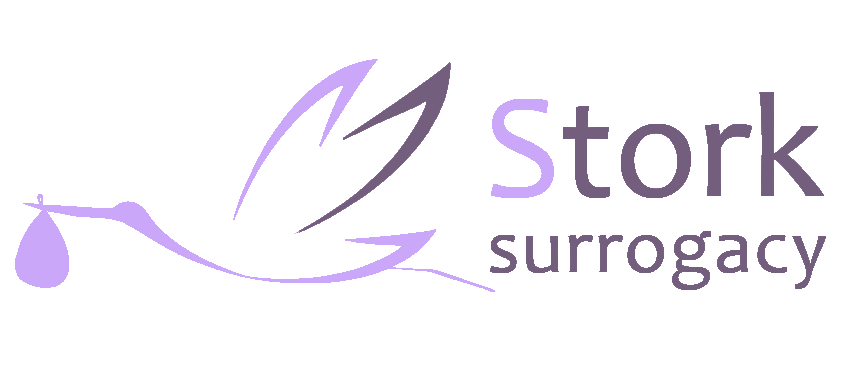Surrogacy is a process whereby a healthy woman that has been medically deemed “safe” agrees to become pregnant for a hopeful family. She undergoes a healthy, nine-month pregnancy, and when the child is born, he or she meets the new parents, and life as a new family begins.
This is the perfect way for a hopeful family to have a newborn baby still, even if there are medical circumstances that get in the way of a typical pregnancy. A woman biologically capable of pregnancy may, for example, be medically advised not to risk it if she has a heart condition. The intense physical demands of pregnancy may jeopardize her life and that of the baby if she risks it.
However, once the decision to go with surrogacy has been made, the hopeful parents have some decisions to make. One of them is the choice of which egg to use in the surrogacy. Here are the three main options to look at.
The Surrogate Mother
This is the oldest—and, for millennia, only—solution for surrogacy. Traditional surrogacy was much more awkward in the past because it meant the hopeful father was having actual sexual intercourse with the surrogate mother. Today, that’s no longer the case, and fertilization occurs through artificial insemination. The concept, however, remains unchanged. The DNA of the hopeful father is combined with the DNA of the surrogate mother, so in this case, the baby that is born will have 50% of the genetic characteristics of the surrogate mother.
There are a few reasons hopeful parents would go with this option. For same-sex male couples, there’s no egg to use between either partner, so a donor egg must be used. If the surrogate mother is reasonably healthy and has no family medical history of hereditary disorders that could be potentially passed on, there’s no reason not to choose this alternative.
Even for a conventional heterosexual couple, this may be a viable option. A woman may, for medical reasons, have had her eggs surgically removed. If she can get a sister or other female relative to agree to become a surrogate mother, then her family’s DNA is still preserved to some degree in the surrogate pregnancy.
The Hopeful Parents
A more recent, but extremely popular alternative to traditional surrogacy is gestational pregnancy. In this process, a donor egg and donor sperm undergo lab-supervised fertilization. Once that fertilization is confirmed, the egg is then implanted in the surrogate mother, and the normal pregnancy process gets underway.
For hopeful parents, this has been a significant medical advance, because it now means if the egg and sperm are available for both parents, they can be used for the surrogacy. The child that is born from this is, at a genetic level, for all intents and purposes, a “traditional child,” in the sense that genetic analysis will reveal a direct connection to both hopeful parents.
This also allows hopeful parents to exercise more caution and have more choices with regards to the health of the baby. One, or both hopeful parents, for example, may have hereditary disorders that can be passed along family lines, such as cystic fibrosis. Gestational surrogacy allows for multiple eggs to be fertilized. Then a process called Preimplantation Genetic Diagnosis (PGD) analyzes each egg for the presence of disorders. Any that are detected can be rejected, so only the healthy fertilized egg is used in the implantation process.
Other Donors
There may be other circumstances where a hopeful family doesn’t have access to the woman’s egg. Still, there may be a preference not to use the egg of the surrogate mother. Other egg donors are just as viable in such a situation, and may still be used for gestational surrogacy.
For example, the issue of ethnicity may be one parent wants to address. A couple that is Asian may wish to a child that is also Asian to avoid any complex issues while raising the child. A surrogate mother may in all ways be medically fit for pregnancy; however, if she is Caucasian, then using her egg will result in a child of mixed ethnicity. The solution here, if the woman’s egg is not available, is to find another donor, such as a sister, or another Asian friend of the family, and use that egg instead. The result will be a child that is visibly and genetically 100% Asian if ethnicity is a concern.
Planning Carefully
The decision over which egg donor to use for surrogacy is going to be unique to every couple. Different circumstances—medical or otherwise—will bring different options. Couples must look at what their hopes and priorities are, and then make their decisions based on those factors. Regardless of what the final decision is, however, the one thing that remains the same is that the surrogate pregnancy will result in a newborn baby, and a new life together as a family.


